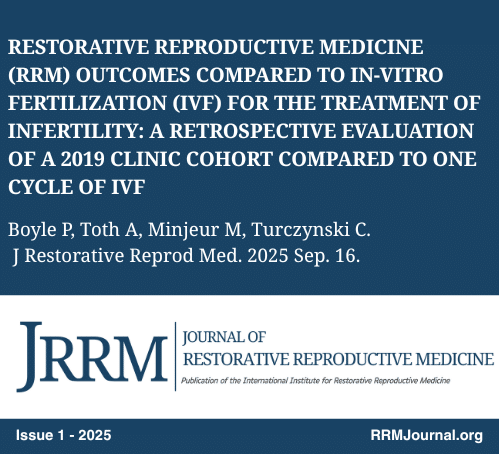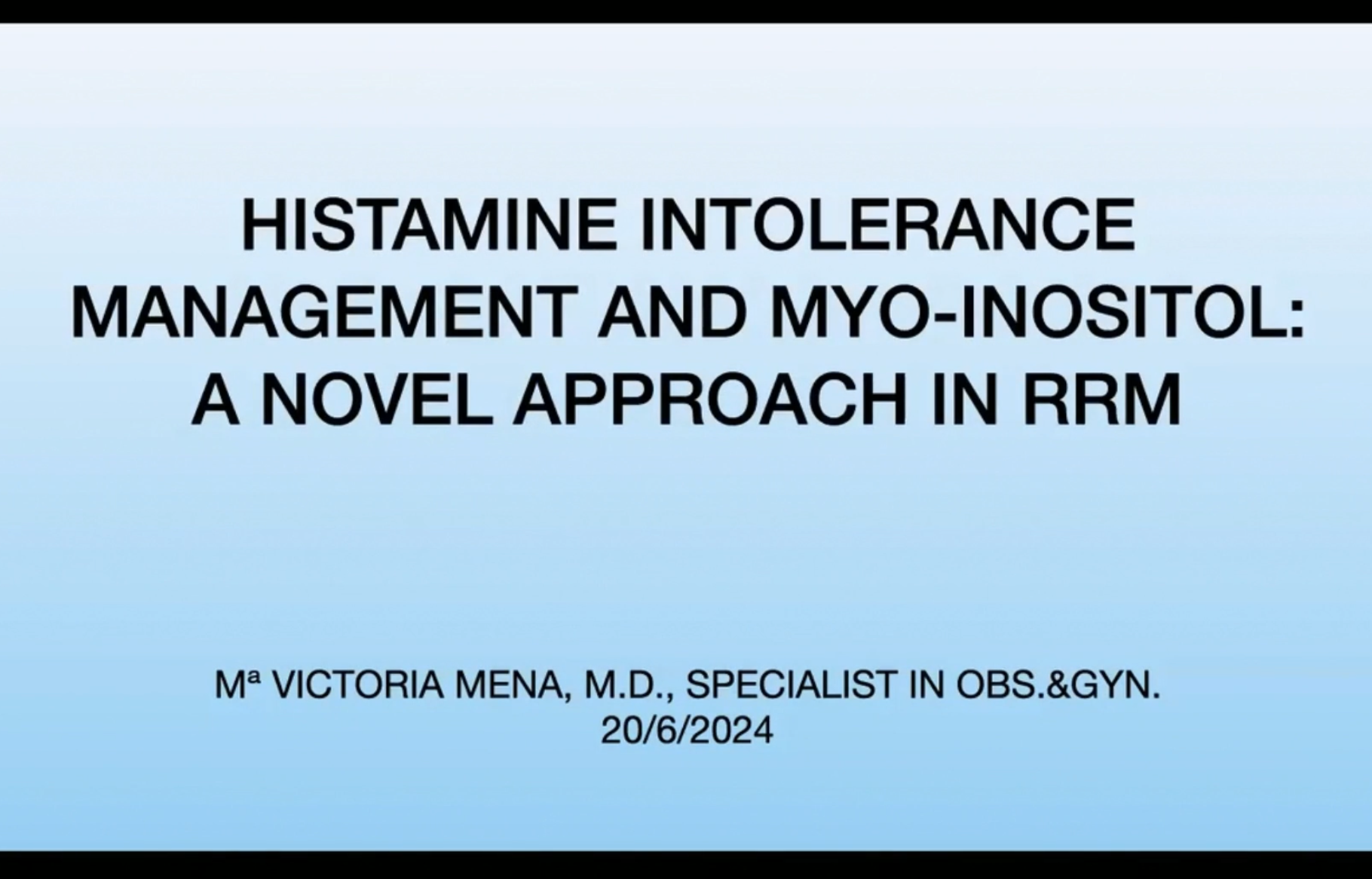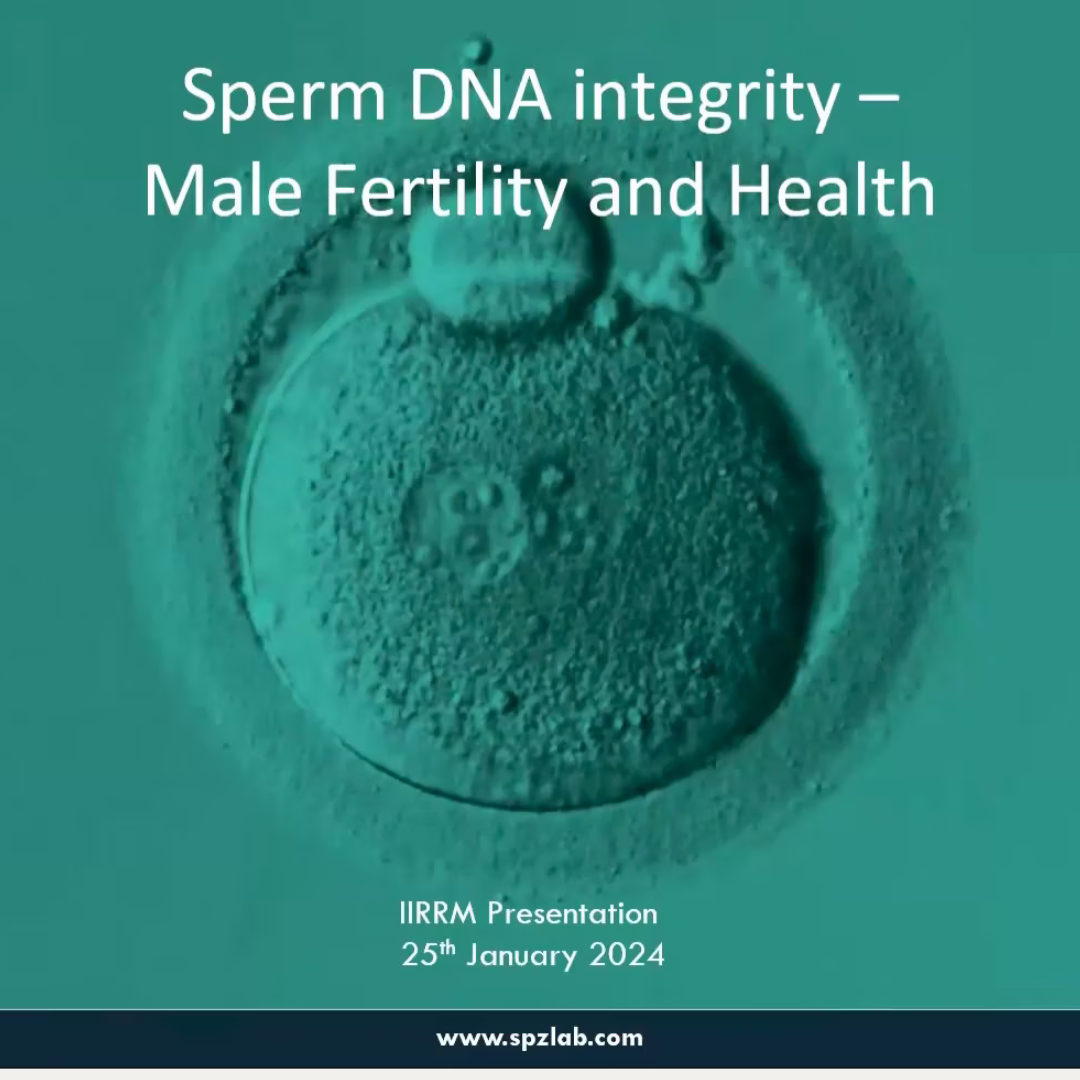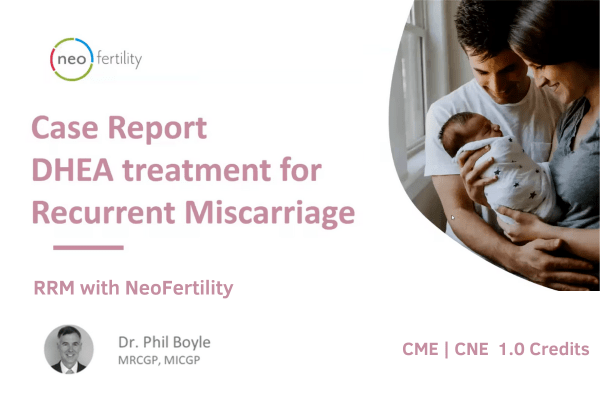






Together. Transforming Reproductive Medicine.
Membership
Research
Online Education
Upcoming IIRRM Webinars
Latest News
Congressional Briefing: The Progress and Promise of Restorative Reproductive Medicine
The Progress and Promise of Restorative Reproductive Medicine
Announcement of New Journal for Restorative Reproductive Medicine and Call for Submission of Papers
The Surveillance of Treatment Outcomes in Restorative Reproductive Medicine (STORRM)
Latest CPD in Restorative Reproductive Medicine
Folate: Controversies and Update
Participation of general practitioners and therapeutic patient education in the care of infertile couples
A Focused Practice in Restorative Reproductive Medicine
Ovulation and Implantation: concert of hormones and cells
Research Updates: Surgical Management of Endometriosis
Factors Associated with Spontaneous Conception Leading to Live Birth in Infertility Patients
The Latency Phase of the Menstrual Cycle Deserves More Attention
Recurrent Miscarriage and Restorative Reproductive Medicine: RCOG Guidelines, RRM Insights, and Case Analysis
Utilizing at-home fertility monitoring with RRM in a case of infertility
Histamine Intolerance Management and Myo-Inositol: A Novel Approach in RRM
Based on clinical experience, Dr. Victoria Mena provides a practical and simple guide to identify, diagnose, and treat excess histamine, and suggests wider use of myo-inositol in non-PCOS patients—especially in combination with diamine-oxidase—as a novel approach for those with histamine intolerance.
Background:Histamine is a mediator of multiple functions in the body. Histamine intolerance is a condition that disturbs up to 1/5 to 1/3 of patients, with different symptoms and a potential dis-regulation of cortisol, but it is usually overlooked. Myo-inositol is used frequently in patients with PCOS, with clear effects on hormonal regulation and cycle balancing, but it is not used in other groups of patients with infertility or cycle defects.
Sperm DNA Integrity and Male Health
Investigating Endometriosis and PCOS as Diametric Conditions
Low Dose Naltrexone (LDN) and RRM
Upon completion of this CME activity, you should be able to:
1. Summarize the history of naltrexone and low-dose naltrexone (LDN) 2. Describe the mechanism of action and clinical indications of LDN use (When should LDN be considered in my patient?) 3. Assess when LDN may be useful to consider in reproductive medicine 4. Evaluate potential adverse reactions and drug interactions before prescribing LDN Additional downloads and references are posted below the lesson discussed during this presentation.DHEA Treatment for Recurrent Miscarriage: Case Report
RRM Journal Club
Journal Club (in Spanish): Hysteroscopic criteria for the diagnosis of chronic endometritis: a systematic review and diagnostic test accuracy meta-analysis
Journal Club (in Ukrainian): Sleep variability and time to achieving pregnancy: findings from a pilot cohort study of women desiring pregnancy
Journal Club (in Spanish): Effectiveness of degradable polymer film in the management of severe or moderate intrauterine adhesions (PREG-2): a randomized, double-blind, multicenter, stratified, superiority trial.
Journal Club (in Ukrainian): Epigenetic signatures of intergenerational exposure to violence in three generations of Syrian refugees
Are You Looking for an RRM Clinician?
IIRRM’s referral coordinator will match you with a qualified RRM clinician, practitioner, or care team based on your location, preferences, and care needs.
Are you an RRM Clinician or allied healthcare provider?
See if you meet the requirements and apply to be registered as an RRM Clinician.
For teachers, coaches, and other allied healthcare providers, please ensure your IIRRM profile and training background are up to date to be included in our directory.



















